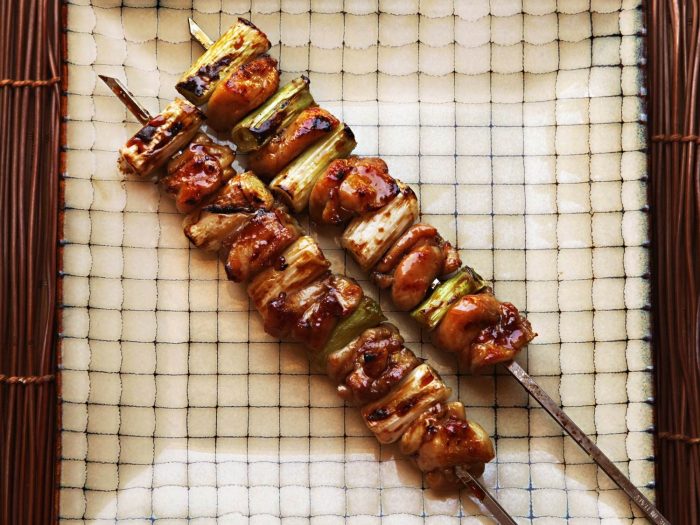Japanese cuisine includes Japan’s local and traditional foods that have developed over centuries of political, cultural, and social change. Historically influenced by Chinese cuisine, Japanese cuisine in the modern era has been open to influence from Western cuisine. Japanese food is, and for a good reason, one of the most famous cuisines in the world. Traditional Japanese cooking or washoku, based on “five rules”, emphasizes variety and balance.
The Japanese foods include five colors: black, white, blue, yellow, and green. There are also five cooking methods in Japanese foods — raw food, grilling, steaming, boiling, and frying. Also, the five flavors of their dishes are mild, spicy, salty, sour, and bitter.
When you visit Japan, you shouldn’t miss trying out their food and dishes. Japanese cuisine is one of the most unique tastes in the world. Here are some foods and dishes you need to try out when you visit Japan.
Tempura

You’ll love tempura if you enjoy crispy fried rice. Tempura is meat, fish, or vegetable parts or slices that have been coated in a special tempura batter and deep-fried until they become crunchy and light gold in color.
Small shellfish such as prawns or vegetables such as green beans, squash, radish daikon mooli, and sweet potato are usually the components of tempura.
Sashimi

Perhaps one of Japan’s most divisive dishes, sashimi is raw fish or meat sliced into thin slices, and it’s usually eaten with radish daikon, pickled ginger, wasabi, and soy sauce. Sashimi differs from sushi.
Sushi comes from vinegared rice and does not always contain raw fish. Sashimi does not go with rice when served. The fish used to make sashimi should be as fresh as possible, both to minimize the risk of contamination and because cleaner fish make sashimi tastier.
Kaiseki

Kaiseki is the pinnacle of fine Japanese dining, a tasting course consisting of small, seasonally-themed dishes with the utmost precision and attention to detail. This dish was born from the traditional tea ceremony. Bitter green tea is the best pair for this dish.
Yakitori

Yakitori is a dish of chicken grilled bite-sized cuts on a skewer, where each part of the chicken — including heart, liver, and even chicken comb — is not put to waste. This is an essential element of Japanese food culture. Unlike other traditional Japanese foods, yakitori was already popular in Japan around the mid-17th century, since eating meat in Japan for several centuries has been mostly taboo.
Soba

Soba is another variety of noodle dish eaten for centuries in Japan. This dish has a long, thin form and good texture and is very healthy. Unlike udon noodles, you can eat soba at any time of year in a hot broth or chilled with a dipping sauce.
Tamagoyaki

A delicious delicacy best for breakfast, lunch, or dinner, tamagoyaki is a Japanese omelet. Tama is created by cooking sequentially and forming multiple layers of beaten egg.
A freshly cooked tamagoyaki appears like a rolled-up crêpe. As the final course, you can see tamagoyaki-topped nigiri sushi in sushi bars, as the tamagoyaki has a slight sweetness that makes it almost like a dessert.
Conclusion
With the introduction of its delicious and exceptional cuisine, Japan has also extended our culinary knowledge. For more exciting things to enjoy in Japan, click here.
































